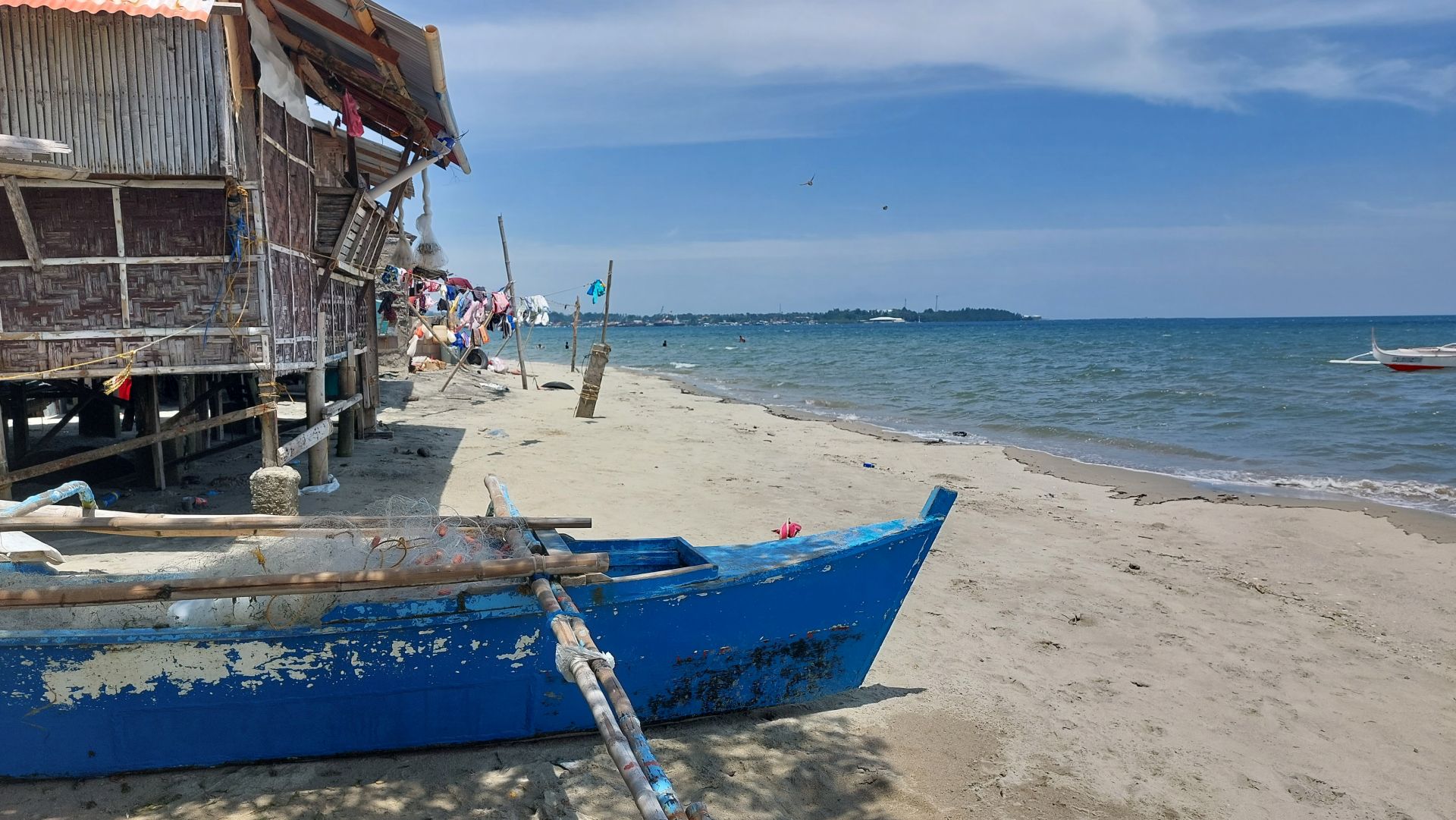The MANGHIHILOT
Before Western medicine became popular in the Philippines, the task of healing was shared by the albularyo (herbalist) and the manghihilot. Hilot (pronounced hee-lot) in Filipino means “massage” and the person who gives hilot is called manghihilot. Traditionally, he or she was trained by an elder who had developed the ability to detect congestion in the body, misalignments in the skeletal structure, and energy imbalances.
In the provinces, training usually began at an early age and it was not unusual to find a son or daughter undergoing training. The ability to do hilot was deemed a gift that needed to be passed on to members of the family. And because a hilot session always resulted in feelings of wellness, the manghihilot was very popular in the community.
Western Medicine vs Hilot
With the introduction of allopathic medicine, the albularyo and manghihilot were forced into the background. For decades, these two healing modalities became the poor man’s medicine. Indeed, for a long time, hilot was but a word spoken by the poor who resorted to it to address a wide range of physical ailments — from body aches, and muscle sprains, to fevers, colds and coughs.
Hilot as an Effective Healing Modality
With the increasing realization that ancient healing arts are capable of restoring harmony and homeostasis to the body, the venerable healing art of hilot has once again been acknowledged for its efficacy in healing. And because of this, hilot is now being offered in chic spas in the Philippines and some parts of Asia as an effective healing technique along with Ayurveda, shiatsu, and reflexology. It has indeed made a resounding comeback.
Two Methods of Hilot
Some manghihilot feel the pulse for irregularities, and based on this, they can say if a person has a misalignment in the skeletal system. A simple tug here and a tug there often result in the same “cracking” sounds that a chiropractor produces when he works on his patient’s body. This kind of manghihilot specializes in the skeletal structure and addresses pilay, a Filipino word that means “something’s wrong with the bones.” These manghihilots are also called bone setters. They are much sought after by professional basketball players and other sports enthusiasts. A big part of their clientele are children whose fever, coughs, or cold refuse to go away. Amazingly, a single session that lasts a few minutes is enough to heal a lingering bout of fever or respiratory disease.
The other kind of hilot is similar to massage. Just like other massage therapies, a typical hilot session begins with the spreading of oil on the skin. Then the manghihilot’s deft fingers will feel the body for areas of congestion. Once the area of congestion is found, the manghihilot gently massages the body using upward, circular or downward strokes. It takes only a few minutes for an experienced manghihilot to find the congested areas.
There is one method manghihilots use to find congestion which anyone can easily learn. Traditional manghihilots sometimes use a leaf — usually a banana leaf — which they run through the body after it has been generously covered with oil.
The theory is that the area of congestion is usually hotter or colder than the rest of the body and will therefore have a different reaction to the banana leaf and oil. As a result, the banana leaf gets “stuck” as opposed to the smooth passing of the banana leaf in places where there is no congestion. The places where the leaf gets “stuck” are the places of congestion which are then massaged or cupped.
VIDEO (4:54) by Philippinen Magazin

